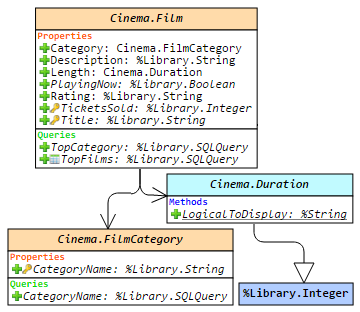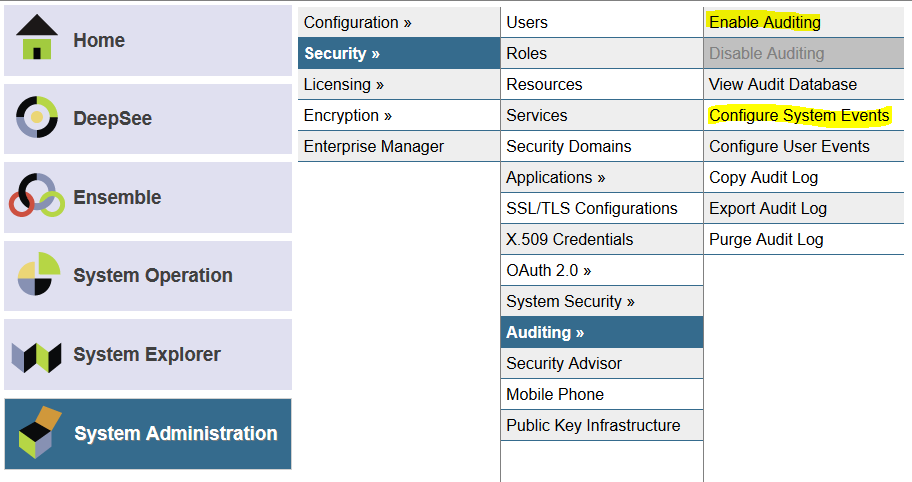In the previous article, we've discussed the origin of the standard HL7v2, the structure and the types of messages. Let's now look at one of the most used types of messages and an example of its structure. I'm talking about ADT.
HL7 ADT messages (Admit, Discharge, Transfer) are used to communicate basic patient information, visit information and patient state at a healthcare facility. ADT messages are one of the most widely-used and high volume HL7 message types, as it provides information for many trigger events including patient admissions, registrations, cancellations, updates, discharges, patient data merges, etc.
.png)


 Hello!
Hello!.png)
.png)


